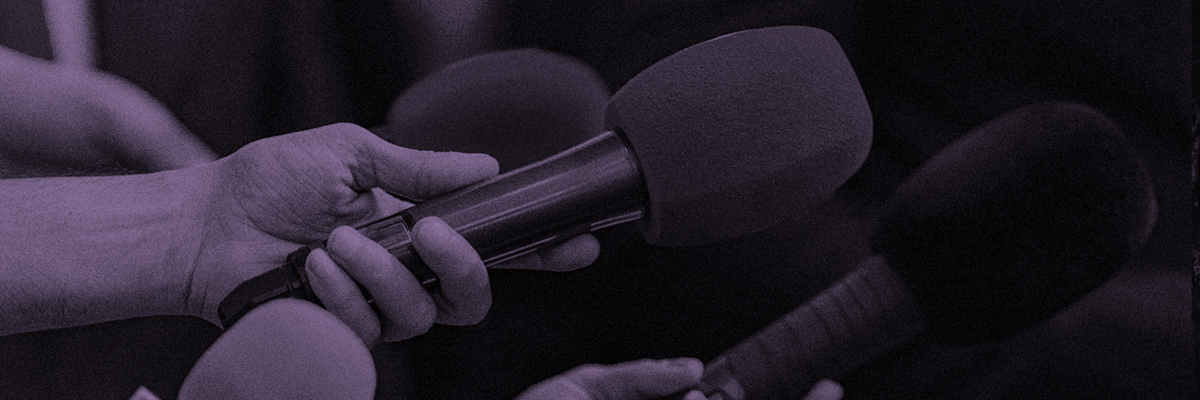Don't Die for DIY
We have become a nation of ‘YouTube DIYers’ according to new research from Electrical Safety First, which reveals over 21 million adults would happily use online ‘how to’ videos to carry out home improvement even if they don’t have the necessary experience .
There are now over three million YouTube videos that feature DIY in the home and so it is no surprise that more people than ever before are relying on the internet for this kind of information rather than seeking the advice of a professional[i].
A major reason for this growing trend is that we are keen to add value to our homes. The number of people carrying out work to increase their house value has trebled in the last two years, and half of us would follow YouTube instructions when undertaking this work[ii].
But rather than adding value, Electrical Safety First’s research reveals that around one in sixteen people have caused significant damage to their property or have had to pay for costly repairs because of botched DIY after following advice found online[iii].
Electrical Safety First is also worried that the type and availability of online instructions is putting people at risk. For example, fitting a new bathroom or rewiring a house are among the top five electrical home improvement tasks that adults would feel confident to carry out while following online advice – complicated tasks that by law should be carried out or checked by a registered electrician.
Other tasks may appear straightforward, but as over a quarter of adults have come across unhelpful or even incorrect instructions online before, and with DIY blunders responsible for nearly half of severe electric shocks, one wrong move or skipped instruction could have serious consequences[iv].
Emma Apter, Electrical Safety First said: “The internet is a fantastic resource and the new generation of YouTube DIYers shows just how much we have come to rely on it. But there’s only so much online videos and tips can tell you and not everyone will have the knowledge or experience to carry out more complicated tasks. Ask yourself: ‘If I have to Google this, should I really be doing it?’ If in doubt, get a professional in – it could save you a lot of time and money in the long run.”
Electrical Safety First offers these tips for safely following online DIY instructions:
- If something looks too complicated to try yourself, it probably is. You could save a lot of time and hassle by getting a professional in
- When doing electrical DIY make sure you have RCD protection, either in your fuse-box or as a plug-in. An RCD is a life-saving device that cuts out power if there’s an accident and can help prevent an electric shock
- If you have any doubts about the type of electrical DIY you should or shouldn’t be doing, visit www.electricalsafetyfirst.org.uk/DIY for more advice.
- Always use a registered electrician. Visit http://www.electricalcompetentperson.co.uk/ to find one in your area
For more information visit www.electricalsafetyfirst.org.uk/DIY where you can also view a number of spoof ‘how to’ videos created by Electrical Safety First to highlight that we shouldn’t trust everything we see on the internet.
Ends
For more information please contact Libby or Rosie on electricalsafetyfirst@forster.co.uk or call 0207 403 2230.
Notes to Editors:
- Electrical Safety First is the UK charity dedicated to reducing deaths and injuries caused by electrical accidents. We campaign to improve safety regulation and messages, and provide expert information and advice to the public and professionals to help ensure everyone in the UK can use electricity safely. Visit www.electricalsafetyfirst.org.uk for more information
- There are some electrical jobs that by law should be carried out or checked by a registered electrician. For more information and to find a registered electrician in your area visit www.electricalcompetentperson.co.uk in England and Wales and www.certificationregister.co.uk
- All consumer research, unless otherwise stated, was conducted from 5th – 7th September 2014 by Populus on behalf of Electrical Safety First with a sample of 2,106 adults. The figures have been weighted and are representative of all UK adults
- The top electrical home improvement tasks that people would feel confident to carry out while following online instructions are:
- Rewiring a small electrical item (39%)
- Installing a light fitting (34%)
- Installing an electric oven (18%)
- Fitting a new bathroom (12%)
- Rewiring a house (7%)
[i] In a July 2013 Electrical Safety First survey of 4,054 adults, 42% said they would use ‘Google and other online resources’ to gain knowledge about DIY compared to 57% in a September 2014 survey of 2,106 adults. In the same 2013 survey, 39% said they would seek advice in DIY stores and 29% from DIY television programmes, compared to 30% and 19% respectively in 2014.
[ii] According to the European Home Report 2014, 68% of people said they invested in home improvements to increase their home’s value, treble the number in 2012:
http://www.kingfisher.com/files/reports/2014/european_home_report/european_home_report.pdf
44% would use online advice to fix, restore or build something if it meant they could add value to their home
[iii] 6% of adults have either caused significant damage to their property or had to pay for costly repairs because of botched DIY
[iv] 26% of adult s have come across unhelpful advice or incorrect instructions relating to DIY online before
DIY blunders cause half of all serious electric shocks according to research carried out by Electrical Safety First in 2013. Out of respondents who had received an electric shock, nearly half were caused by accidents relating to DIY
